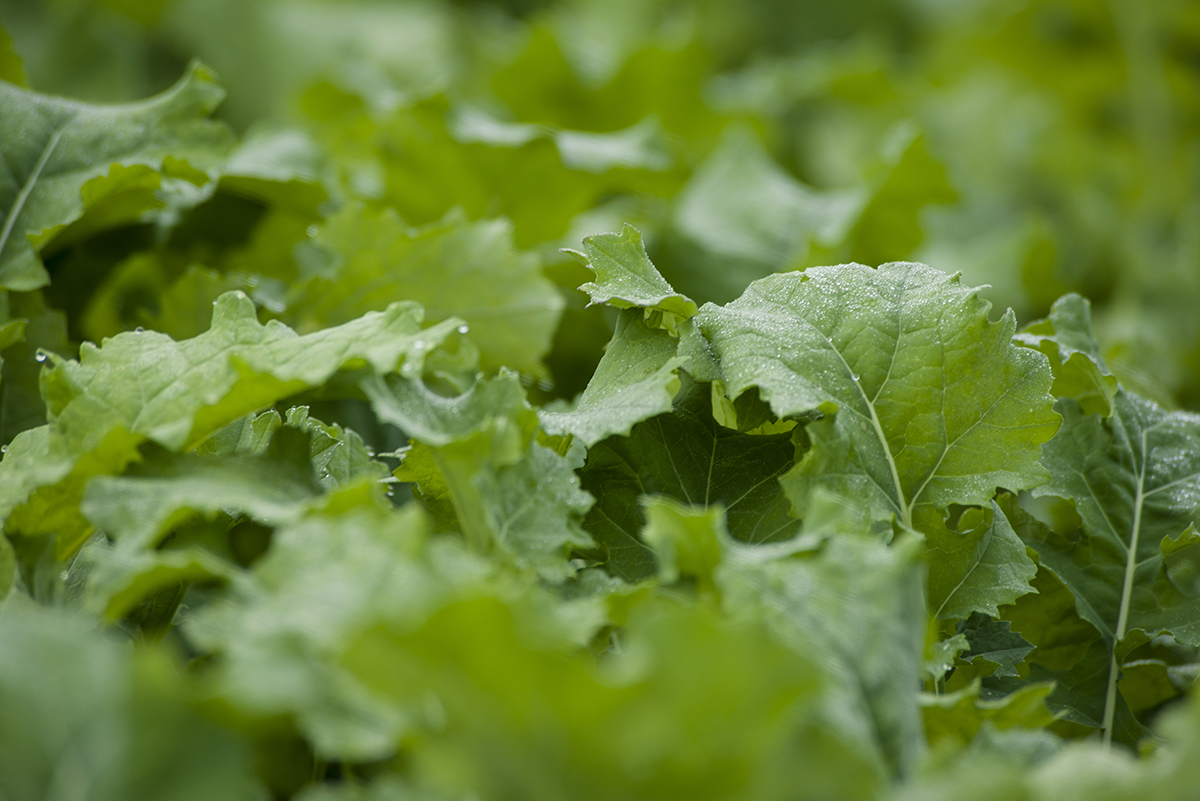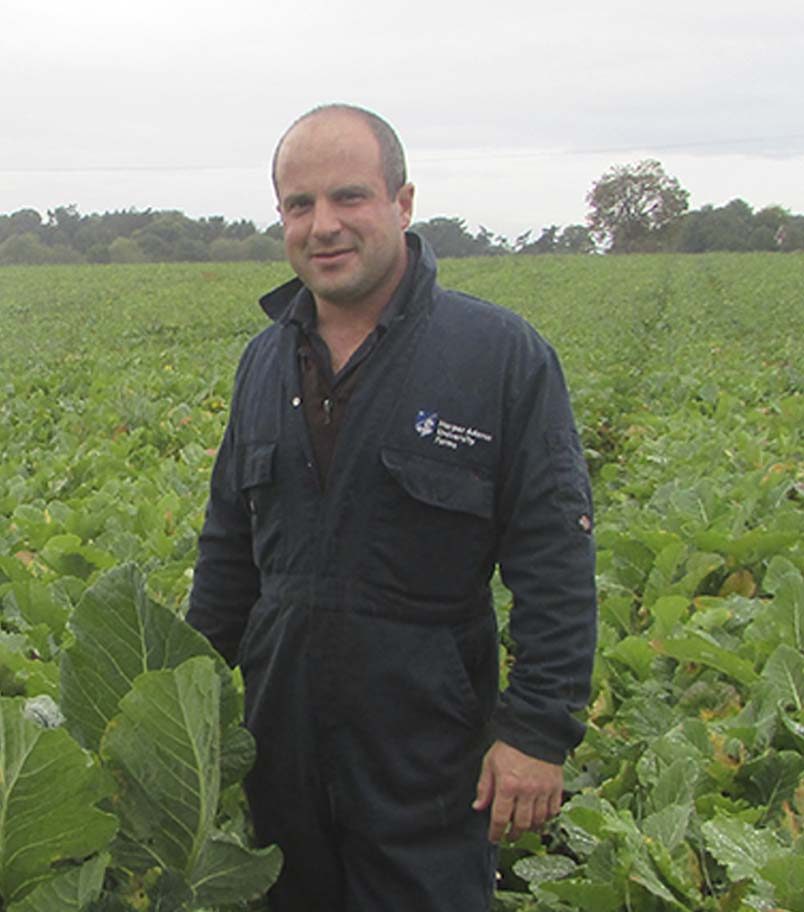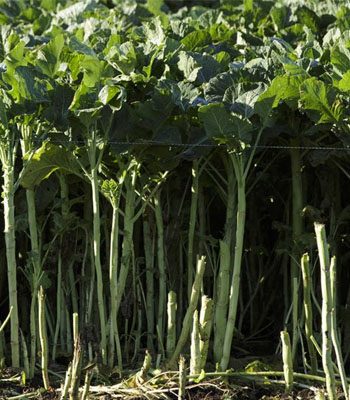Managing Brassicas Well
Brassicas provide a great option for extending autumn grazing and supporting out-wintering systems. This can help limit the reliance on bought-in feed, reduce labour, machinery and housing costs and reduce the need for winter conserved forage. If you already have brassicas in the ground this autumn, they’ll be nearly ready for grazing by now. Germinal technical experts, Helen Mathieu and William Fleming, share their top tips on how best to manage your brassicas over winter.
Know how much you are feeding
The first thing to establish is how much brassica you are feeding each day, as this will help you estimate how long the crop will last and how many animals you can feed for what length of time. This is important so you can work out how much of the crop to allocate each day to achieve the desired DM intakes while minimising crop wastage.
For example, if total intake is 10kgDM/day of which 70% is coming from brassicas, your brassica intake = 7kg/day. For 100 cattle, this is 700kg brassica DM/day. Brassicas are capable of 10 tonnes DM/hectare, so on that basis a good crop will support 100 cattle/hectare for 14 days.
Effective grazing methods
The key thing with brassicas is to avoid sudden unrestricted access; introduce livestock over a 7 to 10-day period. It may take up to three weeks for cows in particular to adapt to a new crop.
Strip-grazing with electric fences is the most efficient way to graze brassicas and minimise waste. Strips (breaks) should be long and narrow to allow all animals access to the crop at one time. This improves utilisation and minimises poaching. You can hope to achieve at least 85-90% utilisation from most brassica crops using this method. Aim to move the strip fences every day.

Add fibre and minerals
Brassicas are highly digestible and low in fibre, so livestock grazing brassicas must have access to hay, straw or silage, enough to provide at least 30% fibre. The fibre stimulates scratch factor, chewing and slows the rate of flow through the rumen. Ideally, you’ll have already placed bales in the field while ground conditions were still dry, reducing the risk of soil compaction and run-off from tractor wheelings. If not, do it soon.
Brassicas also need to be supplemented with minerals, particularly copper, selenium and iodine. The high sulphur levels in brassicas challenge copper uptake and cattle are more susceptible to low copper than sheep. Supplementary selenium is essential to reduce the effects of anaemia, sometimes caused by the high toxin levels of young brassica plants. Low selenium may also compromise iodine status. Iodine deficiency manifests as goitre and can occur in any animals grazing brassicas but is more of a concern in sheep.
Mineral supplements can be given in several ways, such as bolus, licks or bags on bales; a bolus dose being the most fail-safe option.
Versatile and cost-effective
From leafy kales and forage rapes, to root crops, including stubble turnips and swedes, brassicas are a versatile feeding solution to support out-wintering systems. They reduce reliance on bought-in concentrates by extending the grazing options and offer the financial advantages of reduced housing, bedding, feed-out and associated labour costs. The brassica season complements seasonal grass growth, increasing self-sufficiency in home-grown forage supply.
Measuring the crop
|
Brassica management checklist
- Allocate a fresh break of brassica every day
- Avoid moving livestock on to brassicas when hungry
- Introduce animals to brassicas slowly. From 1-2 hours/day initially, building to unrestricted access over a 7 to 10-day period or longer
- Allow easy access to water
- Always provide a source of fibre to ensure no more than 70% of the diet’s dry matter comes from brassicas
- For milking cows, brassicas should provide no more than 30% of the dry matter ration to avoid the risk of milk taint
- Transition pregnant cows off brassicas three weeks pre-calving.



